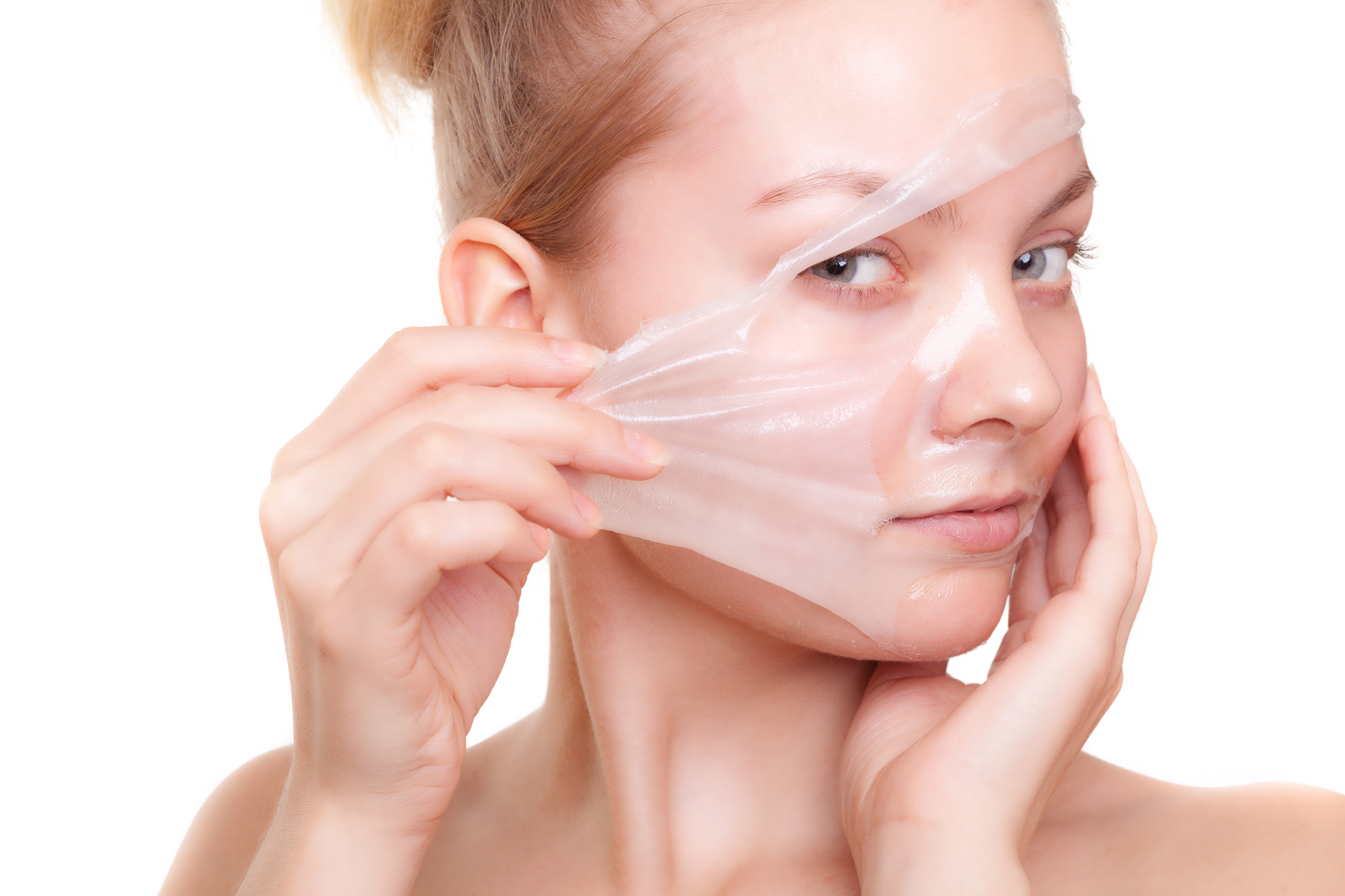
KNOW THE BENEFITS OF CHEMICAL PEELING
If you have started noticing many skin flaws such as ageing spots, wrinkles, dark complexion and discoloration, you can turn to chemical peeling to rectify these distressing issues.
It is quite imaginable that you have heard about chemical peels, but it is not something that is extensively discussed. This makes it tough to know what the procedure is all about and how you can take advantage of it. Principally, the aim of chemical peeling is to improve the texture of your skin, usually on and around your face. It is a legitimately common procedure so the practice has been made superior to make it more efficacious. Chemical peel for skin fairness is a growing trend in today’s culture and is used for everything from decreasing fine lines below the mouth to decreasing age spots, patches and dark blotches on the skin. They can also be used to improve the appearance of minor blemishing and to treat certain kinds of acne. As you would expect from its forename, numerous chemicals are used to help the skin appear glibber and untarnished. Usually, chemical peels are popular amid those suffering from skin imperfections, who have disparities in skin color across their face or people who struggle with wrinkles. It can be used to help with any acne problem as well.
So, what types of chemicals are used in a chemical peel? So as to wipe out any rough or dry blotches of skin on the face, alpha-hydroxyl acids or AHAs are used. They are also effective for improving sun-impaired regions and controlling acne. Many individuals find, however, that this chemical necessitates numerous chemical peels for the full effects to be accomplished. TCA, or tricholoracetric acid, is another chemical used in this technique. This is more common when dealing with crinkles on the face and is good for decreasing pigment issues and eliminating blemishes. If you have a dusky skin, then this is the chemical most likely to be used in your treatment procedure. It takes around ten to fifteen minutes for the complete outcome to be attained and a TCA peel typically heals rapider than one done with alpha-hydroxy acids. To end, phenol is sometimes used for chemical peels. This is used frequently for correcting color splotches on the face and can also iron out wrinkles and eliminate potentially cancerous skin tumors.
No anesthesia is mandatory for a chemical peel and it is performed as an outpatient process. You will need to use Retin-A on your skin after the peel is executed to give your skin ample supply of Vitamin A. You might find that your face swells or your skin chips a bit after the procedure. After seven to ten days, though, the healing procedure should be complete and you will be able to relish the outcomes. Remember, however, to be genuine regarding your expectations.